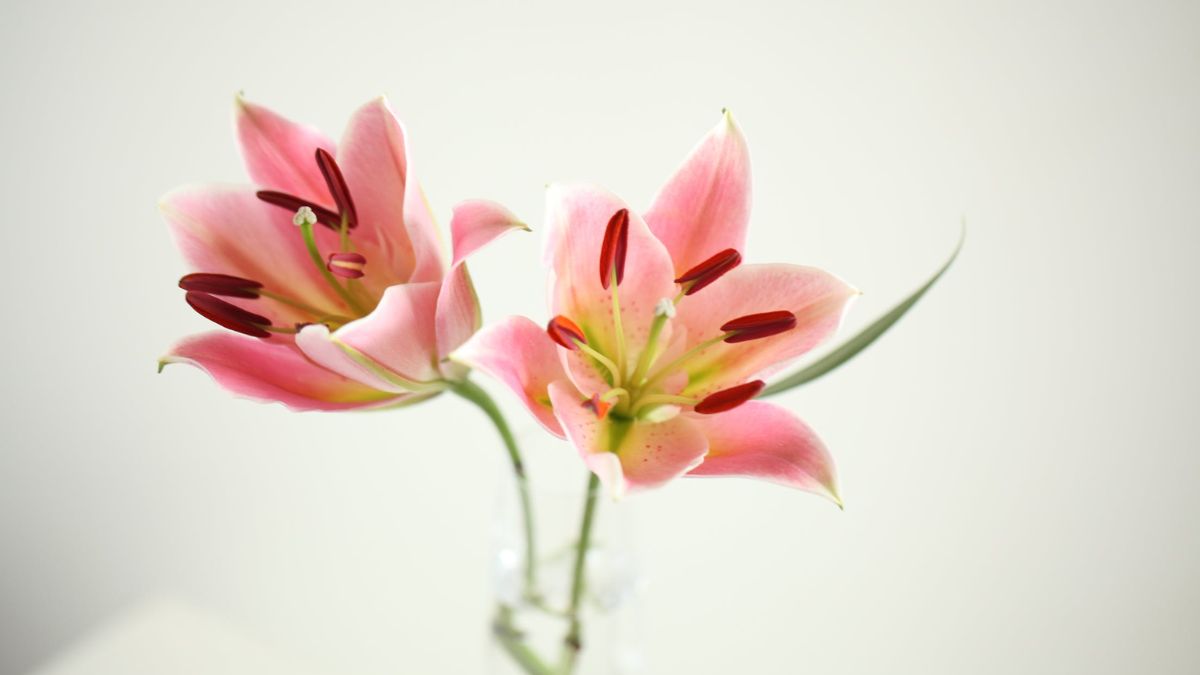Lilies, with their elegant trumpet-shaped blooms and intoxicating fragrance, have captivated cultures for millennia. Symbolizing purity, beauty, and rebirth, these majestic flowers grace gardens, adorn bouquets, and inspire artists worldwide. But beyond their undeniable visual appeal, lilies boast a rich history, diverse species, and surprising adaptations. Let’s delve into 10 intriguing facts that unveil the hidden world of these captivating blooms:
A Global Family of Over 100 Species
While often associated with the trumpet-shaped lilies like Stargazers and Asiatic lilies, the “true lily” family, Lilium, encompasses over 100 diverse species. From the dwarf Pygmy Lily to the towering Cardiocrinum lily, this diverse family showcases a spectrum of sizes, colors, and shapes, thriving in various climates across the globe.
Ancient Symbols Steeped in Mythology
Lilies have held symbolic significance for centuries. In ancient Greece, they were associated with the goddess Hera, symbolizing purity and marriage. Egyptians linked them to rebirth and the afterlife. In Christianity, white lilies signify innocence and virtue, often adorning funerals and religious ceremonies. This rich tapestry of symbolism reflects their enduring cultural significance.

Masters of Scent
Beyond their visual appeal, lilies boast a diverse range of fragrances. Popular trumpet lilies like Stargazers offer a sweet, intoxicating aroma, while others like the Madonna Lily emit a more subtle, citrusy scent. Notably, some lilies, like the Tiger Lily, possess a musky, almost spicy fragrance, adding another layer of sensory allure.
Pollination Strategies
Different lily species have evolved unique pollination strategies. Daytime bloomers like Asiatic lilies attract hummingbirds and butterflies with their vibrant colors and sweet nectar. Conversely, night-blooming species like the Turk’s Cap Lily emit a strong, sweet fragrance to attract moths and bats, ensuring successful pollination under the cover of darkness.
More Than Just Showy Petals
Lilies possess fascinating adaptations for survival and reproduction. Their bulbous underground structures store energy for winter dormancy and spring blooms. The trumpet-shaped flowers often hide nectar rewards deep within, requiring pollinators to reach in and transfer pollen, maximizing cross-pollination. Additionally, their sticky pollen ensures efficient attachment to pollinators, aiding in reproduction.

Not Just Fragrant Friends
While most lilies are harmless, some species harbor hidden dangers. The bulbs of Tiger Lilies and Daylilies, though not true lilies, are toxic to humans and pets if ingested. The pollen of certain lilies can also cause skin irritation in sensitive individuals. It’s crucial to identify lily species correctly and handle them with care.
Culinary Cameos
Though caution is necessary, certain lily species have surprising culinary uses. In Asian cultures, the bulbs of Lilium Brownii are consumed after careful preparation to remove toxins. Lily buds of some species, like the Daylily, are also used in stir-fries and salads, adding a unique flavor and texture to dishes.
From Gardens to Medicine
Beyond their aesthetic appeal, lilies have been used in traditional medicine for centuries. Extracts from certain lily species exhibit potential antibacterial, antifungal, and anti-inflammatory properties. Research is ongoing to explore their therapeutic potential in various medical applications.

Beyond Blooms
While often overshadowed by their stunning flowers, lily foliage plays a crucial role in their life cycle. The broad, lance-shaped leaves act as photosynthesis factories, capturing sunlight and converting it into energy for growth and flower production. Additionally, their upward orientation helps channel rainwater down to the roots, ensuring efficient water absorption.
Conservation Concerns
Despite their resilience, some lily species face threats like habitat loss, illegal trade, and invasive species. Conservation efforts focused on habitat protection, sustainable practices, and responsible cultivation are vital to ensure the survival of these diverse and ecologically important blooms for future generations.
By delving into these fascinating facts, we gain a deeper appreciation for the intricate world of lilies. More than just beautiful blooms, they are symbols of cultural significance, ecological importance, and remarkable adaptations. Understanding and respecting these qualities fosters a stronger connection with these captivating flowers and ensures their continued beauty and diversity for generations to come.










